Lake Wiyâshâkimî offers a breathtaking waterscape. Its sandy beaches, rocky hills, and plateaus make it ideal for boating, hiking, and cycling. During your stay, your guides will take you by motorboat to explore different areas of the region, while sharing their local knowledge with you.
The central western basin of Lake Wiyâshâkimî features picturesque islands dotted with hills offering breathtaking views of the surrounding area. Covering 1226 km2, this immense lake is the largest in the park. In Cree, Wiyâshâkimî means “lake of clear water.” And for good reason: the lake’s transparency is otherworldly. It was created by two meteor impacts on the Hudson plateau 20 million years apart. After thousands of years of human occupation, camps can still be found around Lake Wiyâshâkimî, testifying to its rich history.
ITINERARY
Day 1 | Discover the Northern village of Kuujjuarapik
Departure from Montréal to Kuujjuarapik. Your experience of Nunavik begins aboard an Air Inuit flight. On arrival, you will be welcomed at the airport by a parc national Tursujuq official, who will escort you to your hotel. You’ll then be invited to the park’s visitor pavilion for tea and a chat about life and the daily challenges of a Northern village. You can continue your day with a guided tour of the village, including a visit to local amenities.

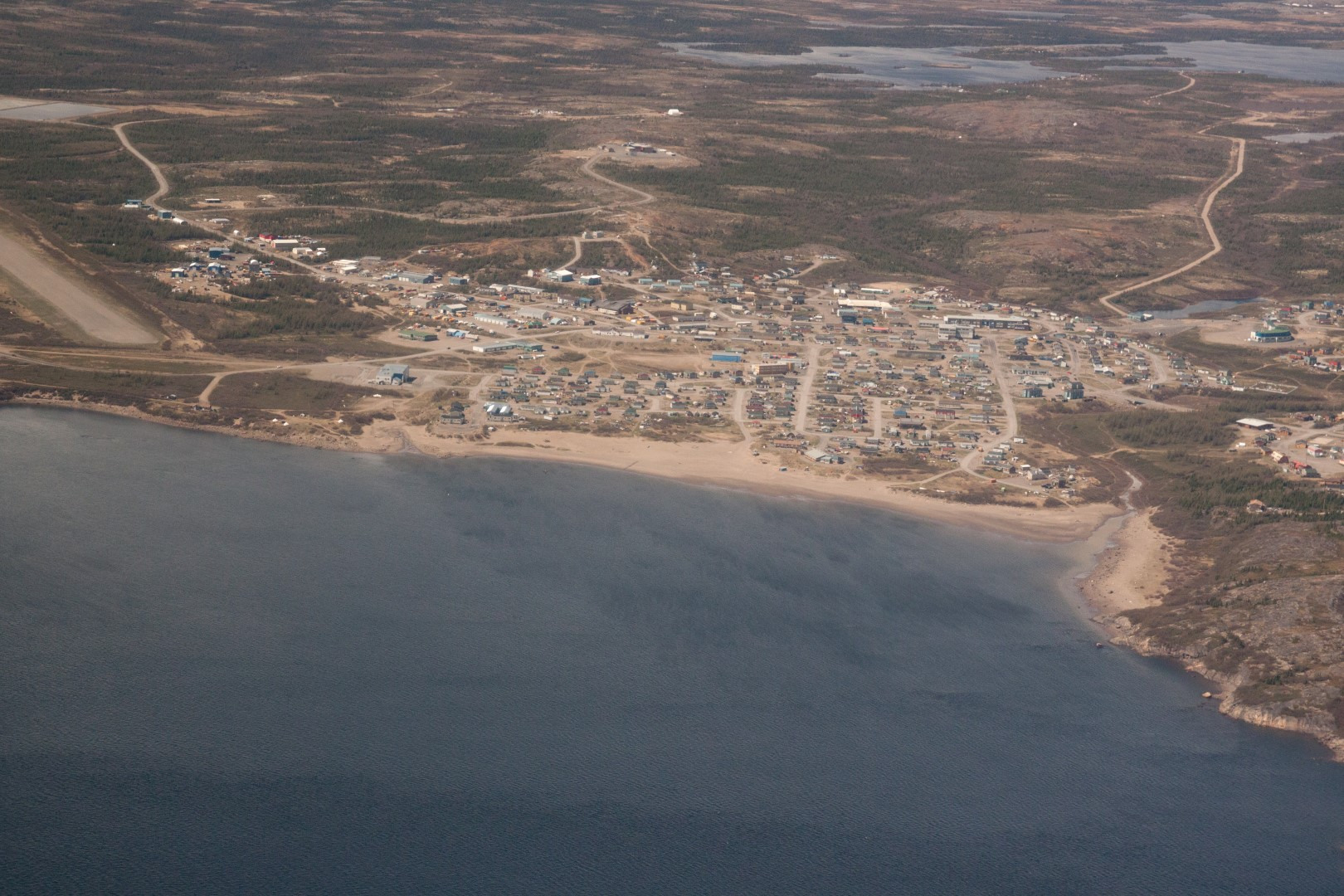
• Accommodations : Kuujjuarapik Coop Hotel
Day 2 | Welcome to Wiyâshâkimî
In the morning, accompanied by your guides, you’ll leave Kuujjuarapik aboard a chartered aircraft for a scenic flight over lakes, rivers, and tundra to Lake Wiyâshâkimî. On arrival, you’ll settle into camp Kuchistiwaamskiikan. From here, you can set off on a short hike along the sandy beaches offering breathtaking views of the lake’s crystal-clear waters.
You’ll be invited to explore the area around the camp by boat, on foot, or by fat bike. If nature is generous, you can prepare any fish you catch with your guides and smoke them in the traditional way. August is the ideal time to pick berries, a relaxing way to spend time. And who knows, you might even be able to share a tasty dessert with the team!
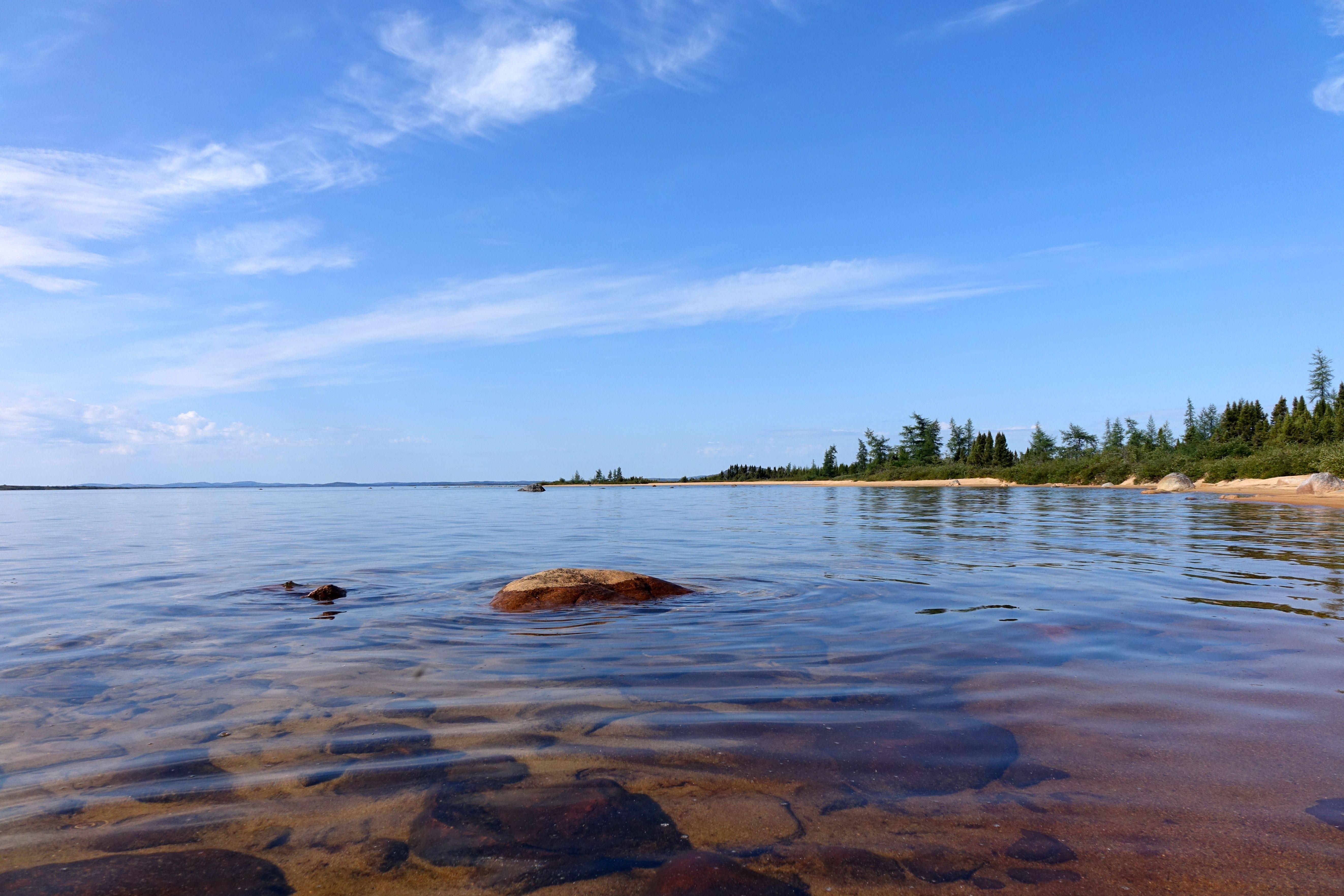
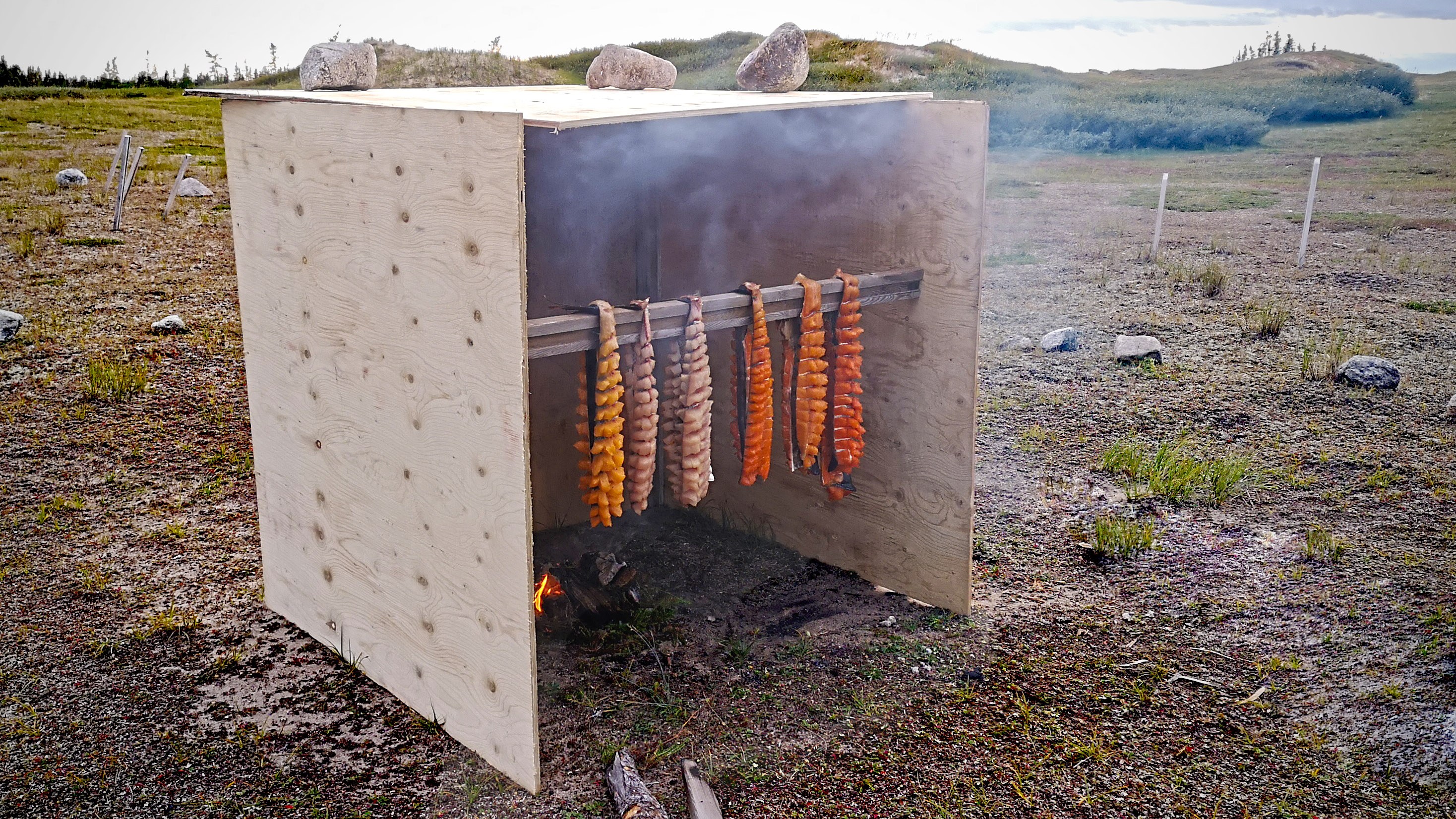
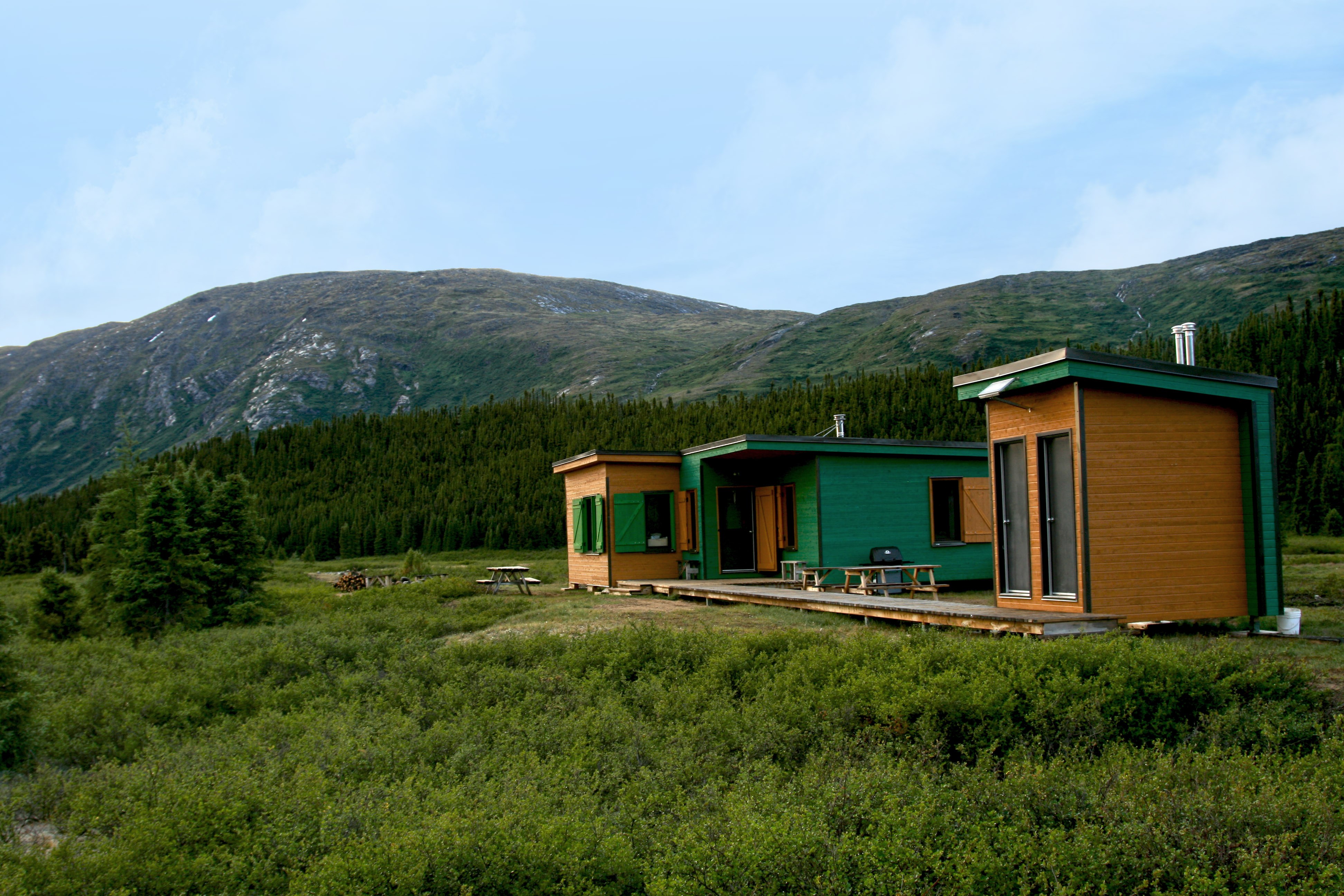

• Accommodation: Camp Kuchistiwaamskiikan (rustic hut)
Days 3 | Hiking on the Kamiskutanikaw Islands
Weather permitting, you’ll leave the camp for the Kamiskutanikaw Islands by motorboat. The islands are overlooked by imposing hills with rocky slopes, making them ideal for hiking. At the highest point, you’ll have a panoramic view of the lake’s immensity and its distant shores. You can choose to set up camp on the islands, or return to base camp for the night.
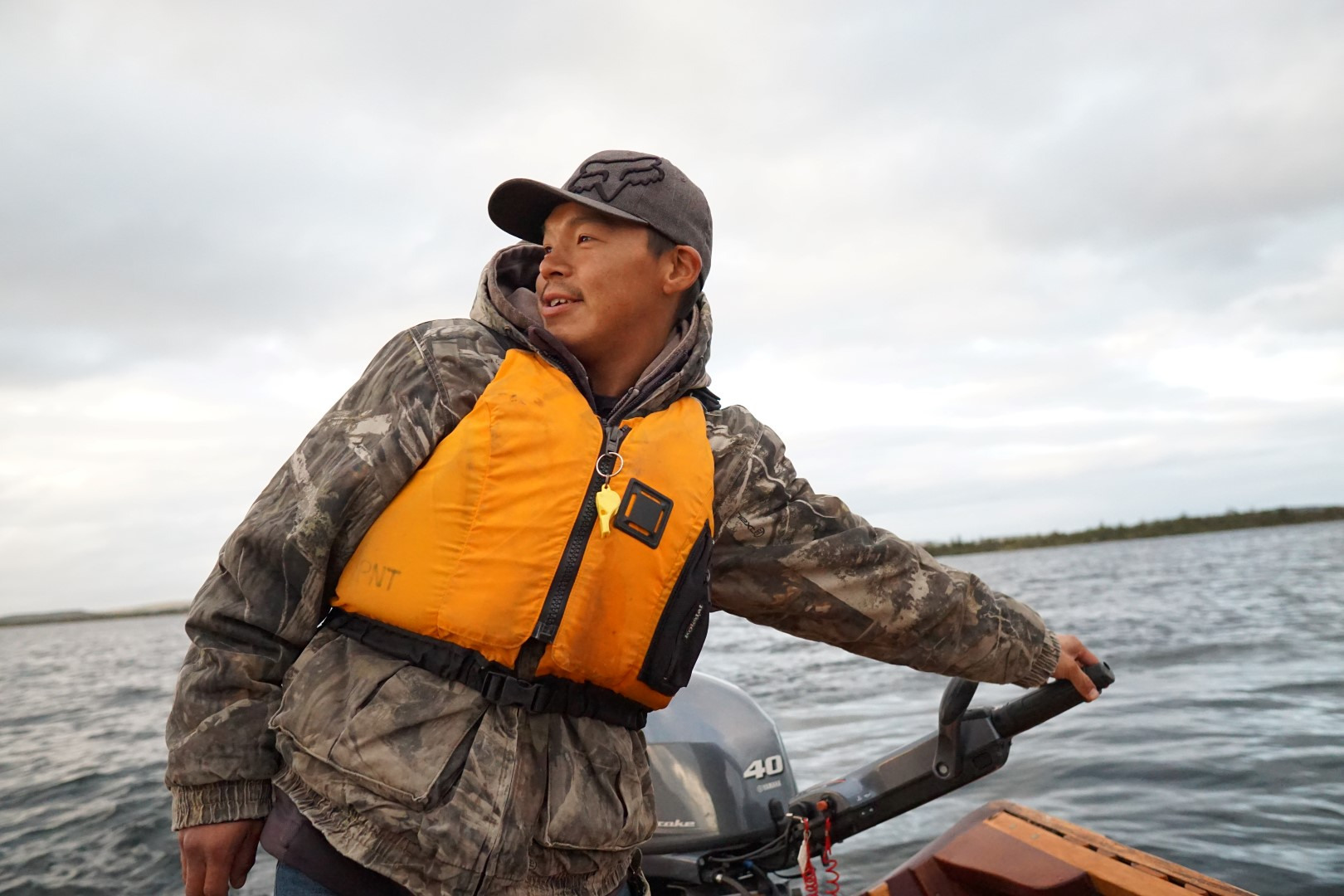


• Accommodation: Kamiskutanikaw Islands campsite or Camp Kuchistiwaamskiikan (rustic hut)
Day 4 | Hiking the Caribou Trail
On this day, you’ll hike the Caribou Trail by fat bike or on foot, depending on the group’s preference. The ten-kilometre loop climbs gently up the hills to the west of the camp. Along the way, you’re sure to come across some curious caribou. You’ll have the rest of the afternoon to relax and/or join your guides in whatever activity they have planned!

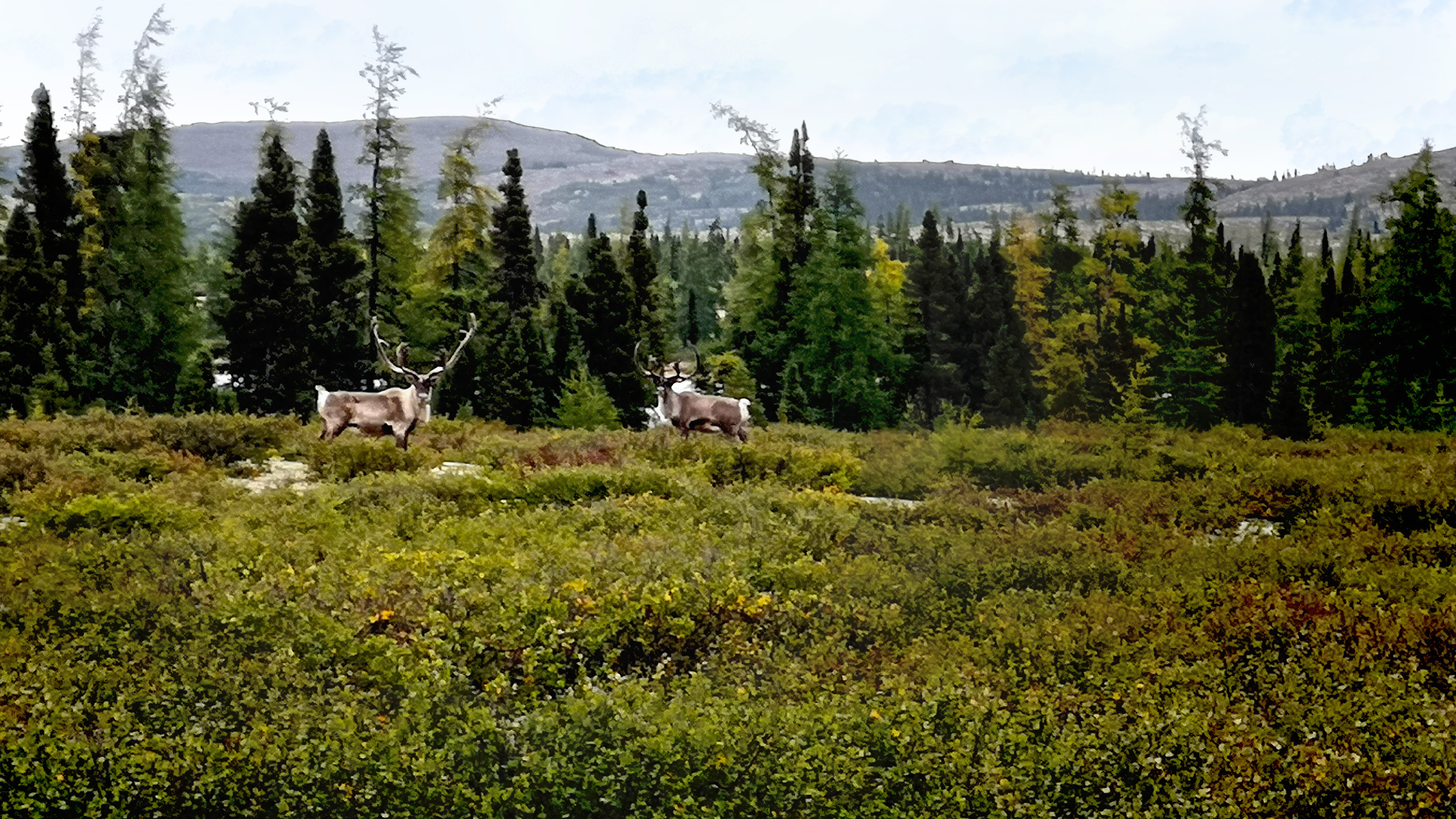
• Accommodation: Camp Kuchistiwaamskiikan
Day 5 | Excursion and scenic return to Umiujaq
Before you leave, you’ll have time for one last excursion on foot or by bike, to soak up the wilderness once again. A plane will pick you up for a scenic flight to the community. During this 55-minute flight, you’ll have the chance to observe majestic cuestas, intricate networks of lakes and rivers, and the imposing Lake Tasiujaq. Time permitting, once in the community, you can visit the park pavilion and exhibit hall to learn more about the land you’ve just visited.


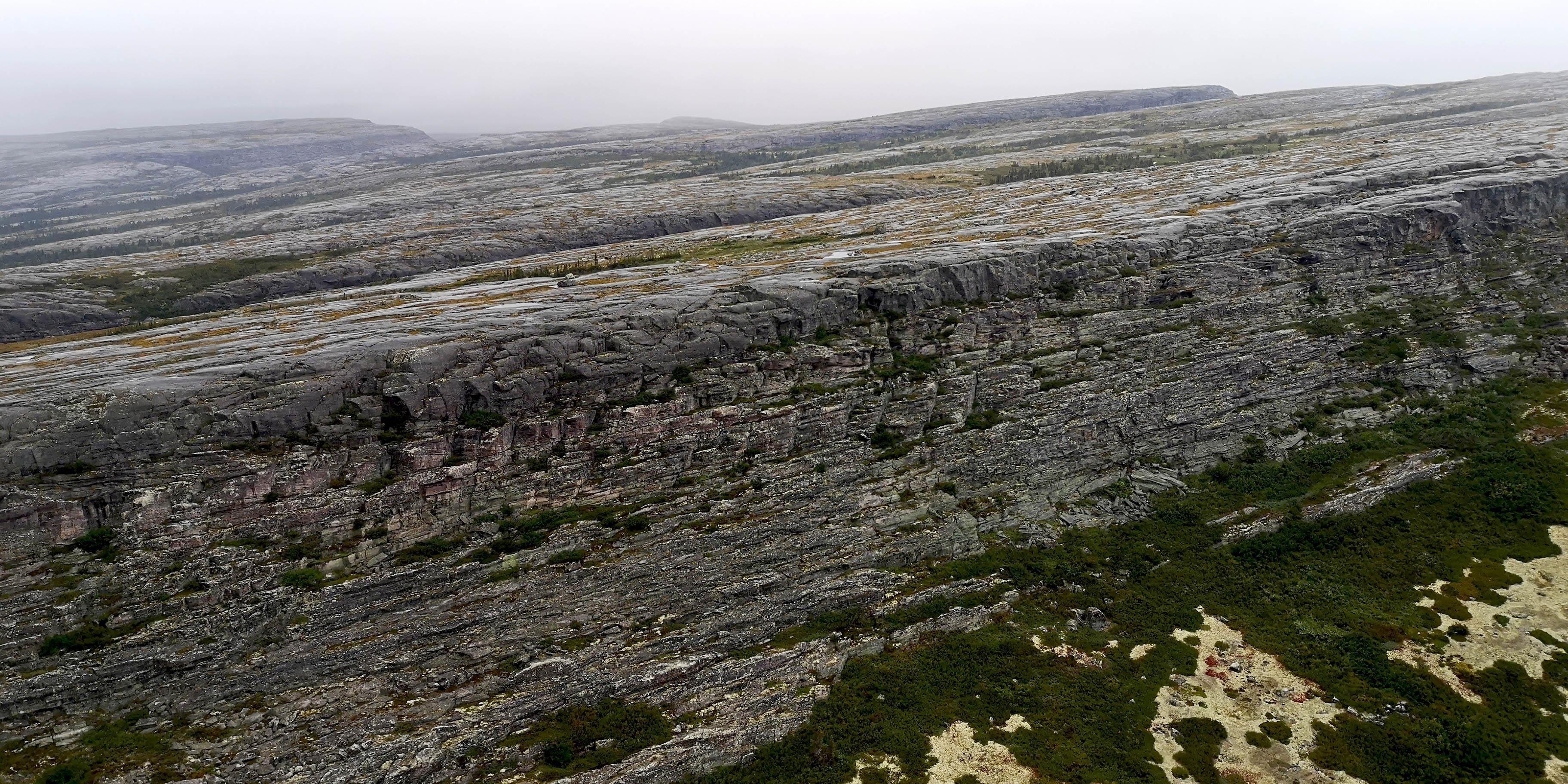
• Accommodation: Umiujaq Coop Hotel
Day 6 | Discovering majestic Nastapoka Falls
The day will begin with an hour-long boat trip along Hudson Bay. You’ll spend the day exploring the majestic Nastapoka Falls and its impressive sandy beach. This site, known to Inuit for generations, is a prime location for observing marine and land mammals. To get there, you’ll navigate through the scenery of the Gillies Islands and the imposing Hudson cuestas along the coast. Once at the mouth of the Nastapoka River, picnics, campfires, fishing, swimming, and a short hike to the waterfall will be on the agenda. You’ll return to Umiujuaq for dinner and an overnight stay.
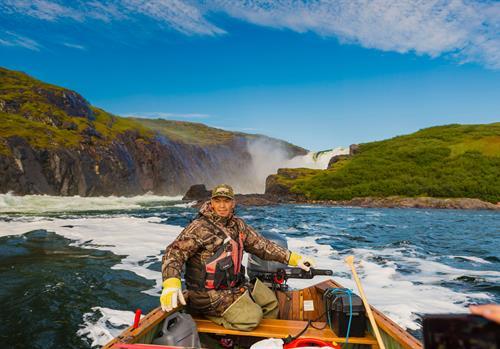

• Accommodation: Umiujaq Coop Hotel
Day 7 | Return to Montréal
On the last day of your journey in Quebec’s Far North, you can wander through the village of Umiujuaq at your leisure. Your guides will be waiting for you for lunch at the park’s visitor pavilion. This will be an opportunity to share your park experiences and reminisce before catching your flight back to Montréal.

Drones
Nunavik Parks (Kativik Regional Government) does not permit the use of drones for recreational purposes in the parks it manages (Parc national Tursujuq, Parc national des Pingualuit, Parc national Kuururjuaq, and Parc national Ulittaniujalik) so as not to impact the visitor experience or disturb wildlife.
Good to know
In Nunavik, the weather is constantly changing. Therefore, the expedition is subject to change at any time to take current weather conditions into account, so be prepared to adapt to unforeseen situations. This extraordinary expedition will require you to be in the right frame of mind, which includes having a team spirit, being adaptable, and strictly adhering to safety rules. The journey will require you to accept a certain measure of adventure and unexpected situations. However, you will be able to rely entirely on the expertise and know-how of your guides to make the most of your stay.
Notes
Price per person, before taxes (all-inclusive: transportation form Montréal, meals, accommodation, outdoor gear, equipment for preparing and serving meals). Find out about preferential rates for JBNQA beneficiaries.
This package requires a minimum of 6 people to guarantee departure. Please contact us to inquire about joining groups that have already been formed.
Please note that hunting and trapping are strictly prohibited in Quebec’s national parks. However, Inuit have the right to practise their subsistence activities throughout Nunavik, including in parc national Tursujuq. Therefore, witnessing a group of Inuit hunting caribou or ringed seals, or trapping foxes, can become a part of your Nunavik park experience.
Safety
All expeditions led by the parc national Tursujuq team can be tracked day by day thanks to daily satellite positioning. The team can contact park staff at any time with a satellite phone. Visitors to Nunavik’s parks must take some responsibility for their own safety, and risk management must be an integral part of their experience. We strongly advise you to take out an insurance policy covering air evacuation costs.
